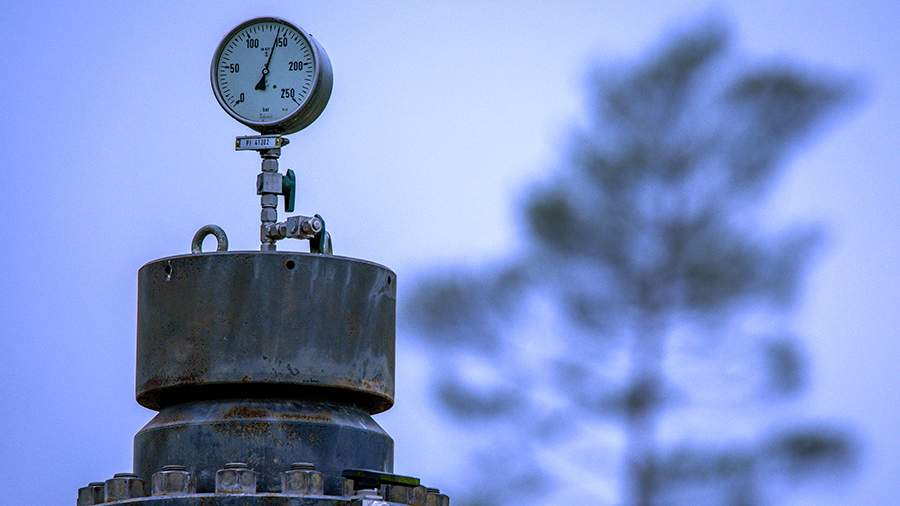
Morgan Stanley: Excess gas on the market could reach record levels
These are difficult times for gas workers: the price of their product and the demand for it have plummeted due to the warm winter, and so have their incomes. But just recently the price of the 'blue fuel' broke records and gas companies' profits soared. The 2022 gas rush has led to a surge in investment in the gas sector. For example, gas infrastructure is currently under construction in various stages of completion, which will produce more than 150 million tonnes of liquefied gas (LNG) per year once operational. For the market, which has a capacity of 400 million tonnes of LNG, this is of course a very significant increase. Not surprisingly, economists at Morgan Stanley have called this brief golden age for gas workers a "record wave of expansion".
"We expect the gas market to reach a near-record surplus of gas in the coming years," they say.
Natural gas currently costs $1.83 per million British thermal units (MMBtu) ($64.16 per thousand cubic metres of gas). Over the three months of 2024, it has fallen by almost 22%, CNBC points out.
On a monthly basis, February's MMBtu spot price of $1.72 was the lowest on record.
A warmer-than-usual winter in the northern hemisphere meant less gas was used to heat buildings and structures. Demand for both natural and liquefied gas fell sharply.
These are difficult times for gas workers: the price of and demand for their product has fallen sharply due to the warm winter, and so has their income. But just recently the price of 'blue fuel' broke records and gas companies' profits soared. The 2022 gas rush has led to a surge in investment in the gas sector. For example, gas infrastructure is currently under construction in various stages of completion, which will produce more than 150 million tonnes of liquefied gas (LNG) per year once operational. For the market, which has a capacity of 400 million tonnes of LNG, this is of course a very significant increase. Not surprisingly, economists at Morgan Stanley have called this brief golden period for gas workers a "record wave of expansion".
Europe is the biggest beneficiary of the current cheap gas. After the end of cheap pipeline gas from Russia in 2022-23, Europeans increased LNG imports, raising its share in the gas balance to 35%. Most LNG is bought on the spot market. So the cheaper the gas, the more accessible it is.
Such low prices are also beneficial for India and the countries of Southeast Asia, according to Morgan Stanley. The main beneficiaries are India and Thailand, where imported gas accounts for 30% and 50% of the gas balance respectively. India, incidentally, has one of the most flexible gas demands. This means that when prices fall, consumers buy more of it. And vice versa. Thailand is one of the top developing countries in terms of gas consumption per capita.
For gas workers, however, the near future may be brighter than the sad present. Li Ming Pan, senior analyst at Rystad Energy, believes that gas demand, and therefore prices, could rise significantly as large gas importers such as China return to the market under the influence of low prices.
